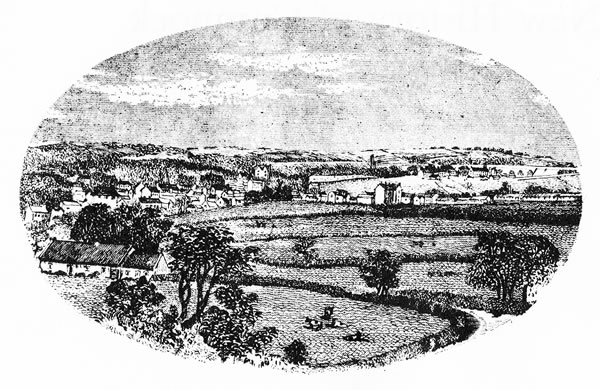Historical Context
The Market Burgh of Cumnock was small. There was a Kirk and a school, a minister and a schoolmaster with one or two notaries for legal services. Most of the townspeople were merchants or craftsmen, each having his own cottage and a bit of land for his own use. Around 1600, it is believed some travelling salesmen came, bringing their wares – and an epidemic of the plaque which killed many of the townspeople.
After the death of James IV there was a time of civil and religious unrest in Scotland, leading to local feuds and disputes. In the 17th century many of the large parishes were divided into smaller units. The Parish of Cumnock was split into two – Old Cumnock and New Cumnock – which developed their own identities.
The Act of Union in 1707 united the Scottish and English parliaments and provided opportunity for Scottish merchants to trade with England and also overseas. Economic progress resulted in the inadequacy of the regular markets which could no longer cope with the increased trading, and the movement of goods and workers from and to the village became the norm.

Cumnock stands in a hollow and is the meeting place of roads going north (to Kilmarnock and Glasgow) south (to Dumfries and Carlisle) east (to Edinburgh) and west (to Ayr). Just as it was then, it is today, although the amount of today’s traffic has necessitated a bypass. Travellers in the 1700s also tried to bypass Cumnock to avoid the toll-gate at the corner of Ayr Road and Glaisnock Street but they were forced to pay up at other toll-gates situated around the village. The increase in goods and passenger traffic had resulted in a need for better roads so finance for construction and upkeep came from the tolls levied on through traffic. By the late 1700s stage coaches were travelling between Glasgow and Carlisle. Farm produce and manufactured goods were also on the move from supplier to customer.
By the 19th century the trades of weaving, shoemaking, tanning, dyeing, and textile making were beginning to decline. New local trades were developing, such as the making of snuff boxes. Cumnock box work was famous and the sale of fancy boxes to passing coach travellers continued until the railway age began in the mid 19th century. Two other businesses were pottery making and the manufacture of threshing machines. Examples of box ware and pottery can be seen at the Baird Institute Museum.
When the railway line reached Cumnock in 1850 the developing town had now the facility for convenient transport throughout the area and further afield. The town with its 2,600 inhabitants in 1860 was a vibrant place with flourishing trade, excellent shops, and a great age of coal and iron was beginning.






